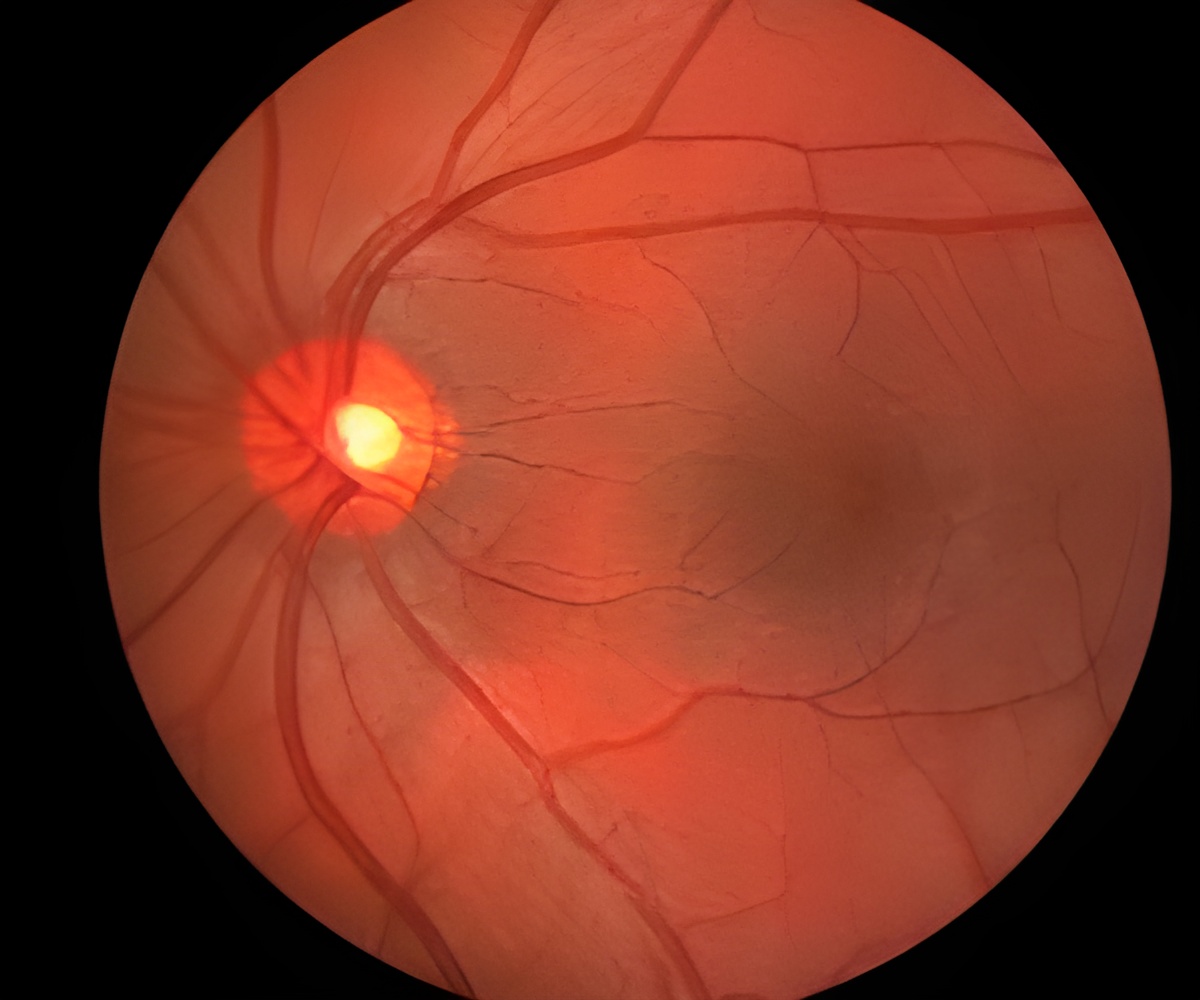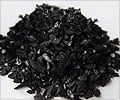Diabetic retinopathy therapies tend to be invasive, like intravitreal injections of drugs that reduce the destructive, abnormal blood vessel growth in response to blockage of existing blood vessels but which ultimately instead contribute to vision loss.

TOP INSIGHT
Carbon monoxide compounds can work against the ravages of diabetic retinopathy in optimal doses.
“At the right dose, carbon monoxide can impact both Inflammation and oxidative stress”, says Dr. Pamela Martin, cell biologist and biochemist in the MCG Department of Biochemistry and Molecular Biology and Vision Discovery Institute at Augusta University.
Many of our cells and tissues are actively and regularly producing small amounts of colorless, odorless gas, carbon monoxide to protect themselves from the damage of high and/or chronic inflammation and oxidative stress.
The enzyme heme oxygenase 1, a common component of many tissues including oxygen-carrying hemoglobin and immune cells reduces oxidative stress and inflammation, and one of the ways it does that is by releasing small amounts of carbon monoxide.
In fact heme oxygenase 1 is naturally upregulated in our cells in response to increased levels of the destructive states.
In new studies, researchers are looking at the impact of the compound in both an acute ischemic model, when the retina suddenly is not getting sufficient oxygen because of oxidative stress followed by its normal companion inflammation, as well as a model of more natural disease progression.
cell types in the retina are among the highest metabolically active cell types, which means they naturally generate a lot of oxidative stress, and identifying non-invasive methods to reduce blood pressure in the retina can be useful.
The liquid turns into carbon monoxide’s more familiar gaseous state in the intestines, where it naturally binds to hemoglobin, the oxygen-carrying component of blood, and then travels up to the eye in the blood.
Once in the retina, the small dose of carbon monoxide finds the heme oxygenase enzyme in retinal cells and helps induce the steps that normally yield its desired antioxidant, anti-inflammatory action.
To objectively measure its impact, the scientists have functional tests that like an electrocardiogram of the heart, which indicate how different cells are firing and signaling.
They can also look directly at the retina for telltale signs of damage: Diabetes prompts cell death and a thinning of the retina and can cause retinal detachment.
RNA and protein analysis will give more evidence of whether they are getting the increased expression of good genes and decreased expression of the problematic ones in response to treatment.
Meanwhile, levels of the complex carboxyhemoglobin, which forms inside red blood cells when hemoglobin is exposed to carbon monoxide and whose levels can be easily monitored with a blood test, are a good indicator of whether carbon monoxide levels remain safe.
The unique liquid to the gas transformation of HBI-002 enables more targeted dosing since the amount needed can vary between individuals.
If approved for humans, it will help ensure dosing accuracy and the ability of patients eventually to easily and safely use the compound at home.
Source-Medindia
 MEDINDIA
MEDINDIA




 Email
Email










